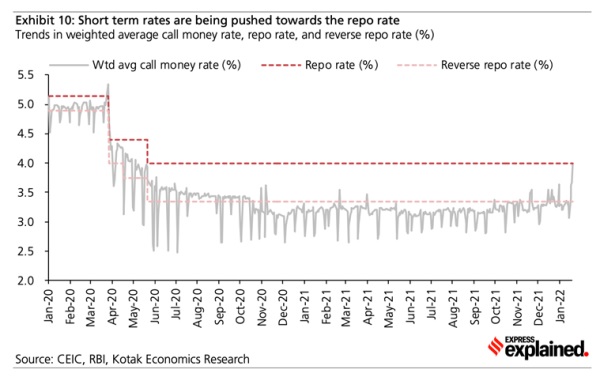7667766266
enquiry@shankarias.in
In a recent report, State Bank of India, which is the largest public sector bank in the country, has stated that they believe the stage is set for a reverse repo normalisation.

Reference